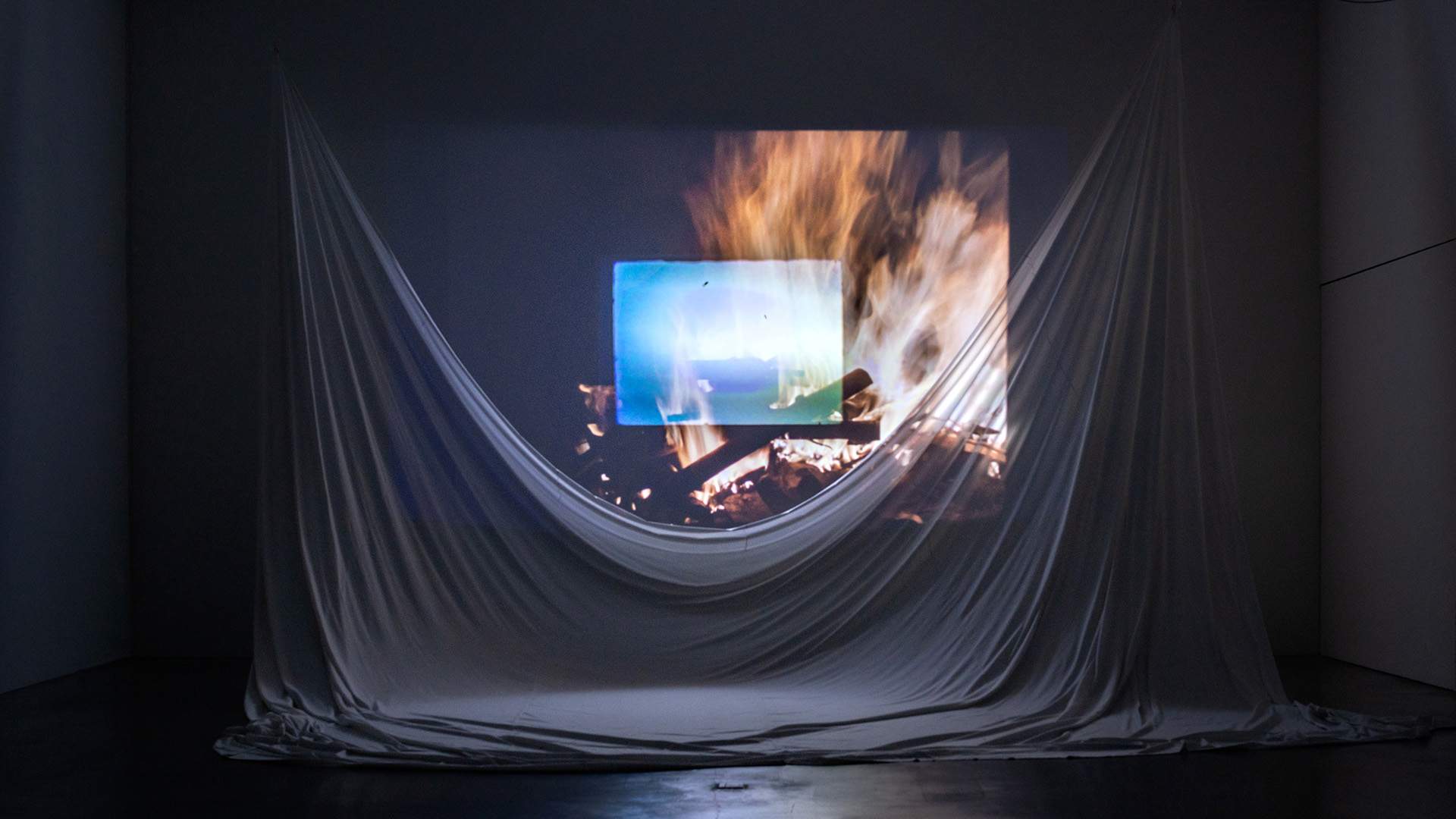Lost in the Dreamscape: Exploring Apichatpong Weerasethakul's 'A Conversation with the Sun' (Afterimage)

Apichatpong Weerasethakul. The name alone conjures images of hypnotic landscapes, languid rhythms, and a profound sense of dreamlike immersion. Whether you're a seasoned cinephile or a newcomer to his work, it’s immediately apparent that this Thai director isn't simply making films; he's crafting visual artworks. Even before knowing about his acclaimed status, including the prestigious Palme d'Or for 'Uncle Boonmee Who Can Recall His Past Lives,' you can sense the artist’s hand at play.
His films, consistently gracing cinema screens, are less about narrative propulsion and more about creating an atmosphere – a space where the viewer can surrender to the unfolding imagery and sound. 'A Conversation with the Sun' (also known as 'Afterimage') is a prime example of this unique cinematic approach. It’s not a film you *watch* so much as a film you *experience*. It's a meditative journey, a slow burn that rewards patience and invites introspection.
The film's structure is deliberately loose, eschewing traditional plot conventions. It revolves around a group of young boys in rural Thailand who are filming a low-budget movie. However, the 'movie within a movie' aspect quickly fades into the background, becoming less important than the process of filmmaking itself and the boys' interactions with their surroundings. Weerasethakul masterfully captures the mundane beauty of everyday life – the rustling of leaves, the play of sunlight, the quiet conversations between the boys. These seemingly insignificant details accumulate to form a rich tapestry of sensory experience.
What truly sets Weerasethakul apart is his ability to blur the lines between reality and fantasy. His films often incorporate elements of folklore, spirituality, and personal memory, creating a world where the boundaries between the tangible and the intangible become porous. In 'A Conversation with the Sun,' this is particularly evident in the film’s dreamlike sequences and its subtle exploration of childhood innocence and the passage of time. The film feels less like a story being told and more like a memory being recalled, hazy and fragmented, yet imbued with a profound sense of longing.
The visual style is also key to the film’s power. Weerasethakul utilizes long takes, natural lighting, and a muted color palette to create a sense of stillness and contemplation. The camera often lingers on a single image, allowing the viewer to fully absorb its details. This deliberate pacing encourages a meditative state, inviting us to slow down and appreciate the beauty of the present moment.
Ultimately, 'A Conversation with the Sun' (Afterimage) is a film that defies easy categorization. It’s a challenging, rewarding, and deeply personal work that invites multiple viewings. It's a testament to Weerasethakul’s vision as a filmmaker and an artist; a reminder that cinema can be more than just entertainment – it can be a portal to another world, a space for reflection, and a celebration of the human spirit. If you're looking for a film that will stay with you long after the credits roll, this is it. Prepare to be transported.






